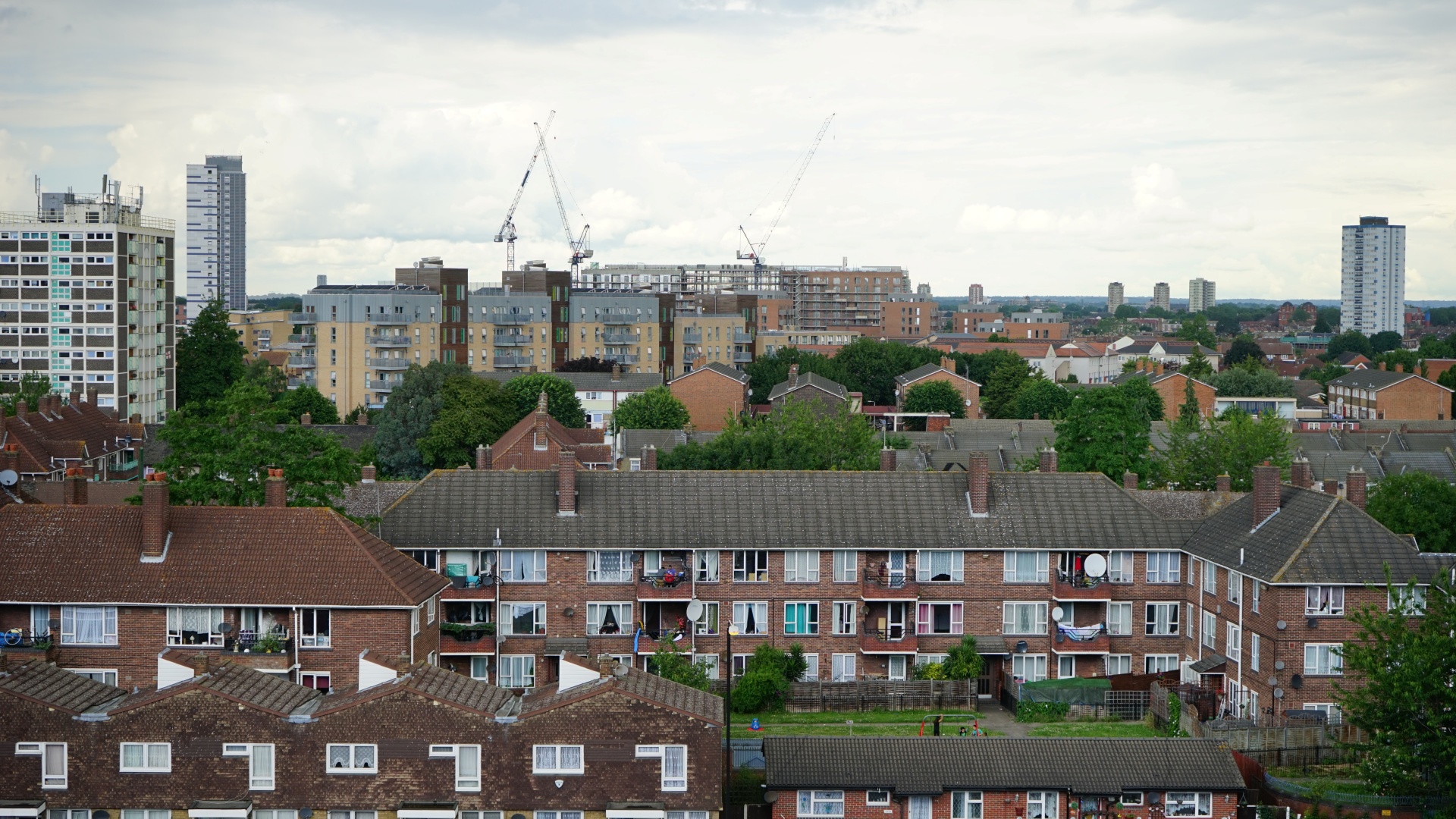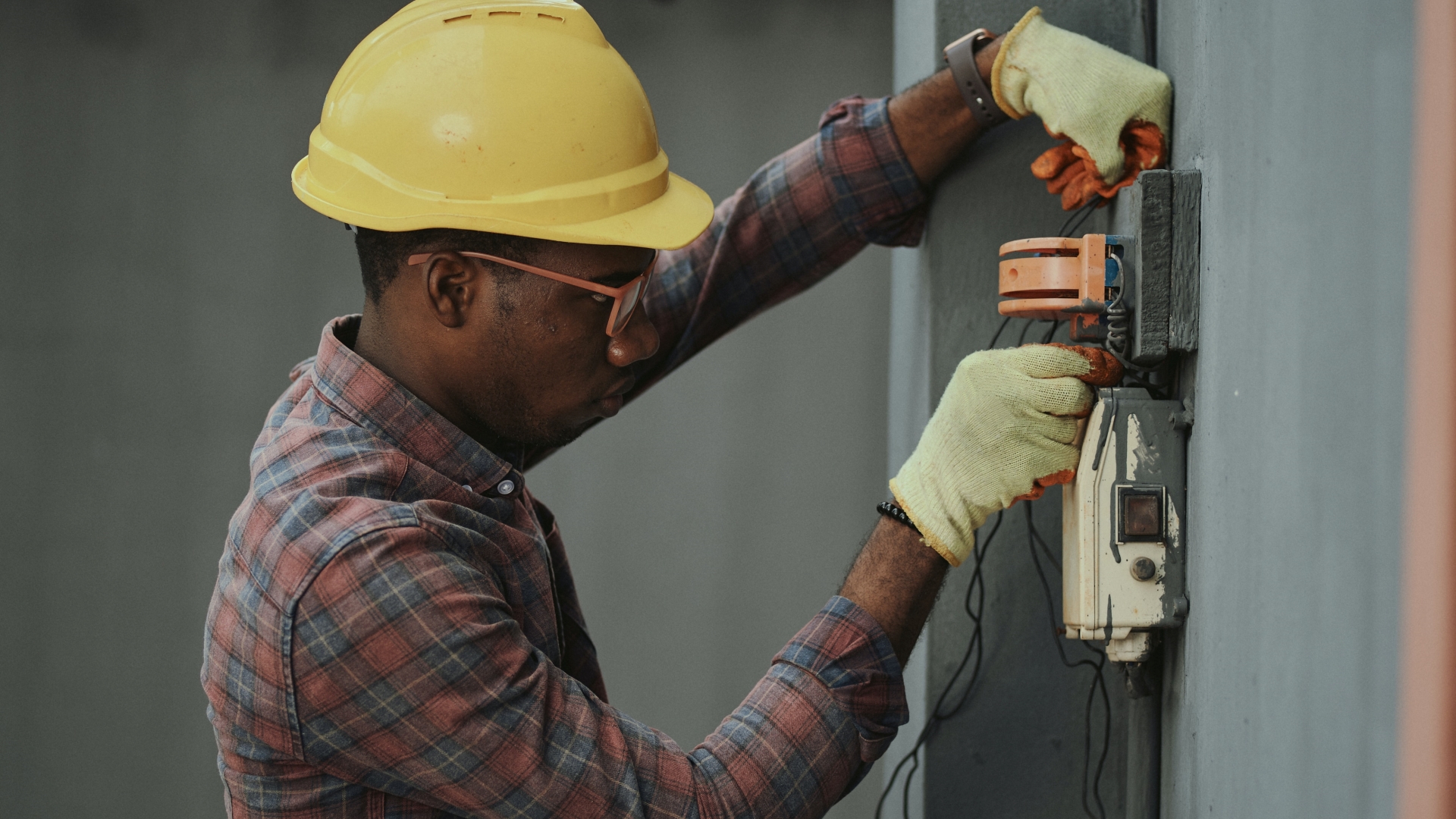In today’s society, security is a priority for both individuals and businesses. It’s not surprising to see security measures in place to protect against threats. One popular method is using bollards, which serve as reliable barriers for enhancing security and offering protection against potential dangers.
The Strength of Concrete Bollards
Concrete bollards are structures crafted from reinforced concrete. Their main purpose is to control access to areas and prevent vehicles from entering secure zones. Unlike road barricades or flimsy barriers, these bollards are incredibly strong and nearly indestructible.
A concrete bollard can endure impact force and provide dependable protection against deliberate ramming attacks on buildings, storefronts, and critical infrastructure. They are built to last, making them an excellent choice for meeting security needs.
Versatile Applications
Concrete bollards have a range of uses due to their adaptability and effectiveness. While they are commonly found around government buildings, airports, banks, and military installations to safeguard these locations, their practicality extends beyond these sectors.
Retail stores commonly use bollards to mark out pedestrian zones or protect storefronts from vehicle attacks, particularly during times when the business is closed to prevent ram-raiding incidents. Additionally, educational institutions, like schools and universities, are increasingly deploying these barriers along pathways or near entrances as an added safety measure on campus. Parks and recreational areas may also make use of these barriers to safeguard spaces from vehicles entering areas.
Benefits of Concrete Bollards for Traffic Management
In addition to enhancing security against vehicle-related threats or acts of terrorism, concrete bollards offer various advantages in traffic management. Strategically positioned bollards help manage the flow of traffic by guiding pedestrians and drivers towards areas while preventing vehicles from accessing restricted zones such as pedestrian plazas or sidewalks.
Moreover, concrete bollards can contribute to reducing accidents caused by distracted drivers. Placing them near spots, such as corners or building entryways, deters vehicles from deviating from designated paths and potentially endangering pedestrians.
Cost-effectiveness and Visual Appeal
Concrete bollards are known for their cost-effectiveness. When compared to alternatives like iron fences or permanent barriers for security purposes, these concrete barriers often provide a balance of durability and cost-effective installation.
In addition, although primarily designed for practicality and functionality, concrete bollards can also contribute to the appeal of their surroundings when carefully incorporated into the landscape design. By customizing them with finishes, colors, and patterns that harmonize well with natural settings, they can blend seamlessly into the environment.
Upgrading Existing Structures
Concrete bollards offer a visual advantage as they can be easily added to existing structures. This means that even if a building or facility was not initially constructed with security in mind, concrete bollards could be retrofitted to enhance safety. Strategically placing these retrofitted bollards creates barriers and controls access to areas providing a level of security without requiring extensive renovations or construction work.
By enhancing existing structures with concrete bollards, businesses and institutions can swiftly strengthen their security measures and reduce potential risks. Whether safeguarding storefronts, outdoor dining spaces, or pedestrian pathways, the adaptability of installation makes concrete bollards an appealing option for establishments seeking to improve their security measures.
Integration with Advanced Technology
Concrete bollards are capable of integrating with technological systems to increase their overall effectiveness. They can accommodate surveillance cameras, motion sensors, alarm systems, and other smart security devices. By combining barriers with cutting-edge technologies, a robust security system can be established to encompass both deterrence and surveillance.
For example, the use of video analytics software in conjunction with cameras installed on bollards enables real-time monitoring of activities around secured areas. Automated alerts can be generated if specific security thresholds are violated.
The incorporation of technology goes beyond surveillance capabilities. Bollards made from concrete and equipped with RFID (Radio Frequency Identification) technology can also assist in managing vehicle access.
In Summary
Concrete bollards are increasingly becoming an important element in security strategies due to their exceptional strength, versatility, and benefits in traffic control. Offering protection against vehicle-related threats while also aiding in traffic management and cost-effectiveness, these barriers have garnered popularity across various sectors. As security needs evolve, concrete bollards continue to stand out as a solution that ensures safety for individuals and protects infrastructure from potential risks.











